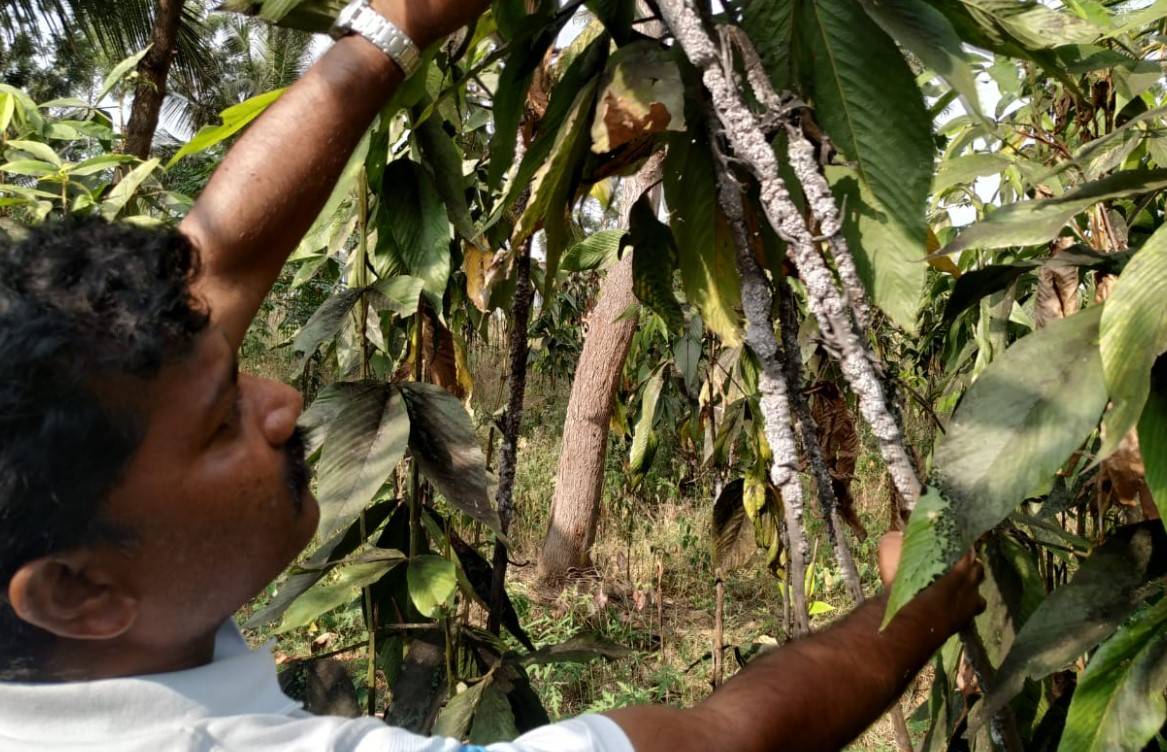
Lac is found in a belt extending from Maharashtra to West Bengal, with Jharkhand producing the most, followed by Chhattisgarh, West Bengal, and Maharashtra.
Chhattisgarh currently produces nearly 4,000 tons of lac, estimated at Rs 100 crore. To increase lac production and double farmers’ income, the state government is providing financial assistance.
The goal is to help farmers earn Rs 250 crore by increasing lac production in the state to 10,000 tonnes. If the state government meets the target, it will be the country's largest producer of lac.
Loans for lac cultivation
A decision has been made to provide lac crop loans with no interest in order to achieve this target, a state government official told media.
Moreover, the selling price has also been fixed by the administration. Farmers are being offered interest-free loans through district cooperative banks.
This loan has been set at Rs 5000 per tree for the Kusum tree, Rs 900 for the Plum tree, and Rs 500 for the Palash tree, which helps to rear lac. The State Minor Forest Produce Federation has opened a training centre in Kanker.
The official further told that the federation has made arrangements to ensure an adequate supply of Bihan lac in the form of seeds to farmers as well as interest-free crop loans.
Lac is used in folk medicine as a hepatoprotective and anti-obesity agent.
Lac is traditionally grown in Chhattisgarh, with nearly 50,000 farmers raising it on Kusum and plum trees, and Rangini lac on Palash and plum trees.
Lac dye has been in use since ancient times in various ways throughout the world. In India, it is used as a wood finish, lacquerware, skin cosmetic, and for wool and silk. It is a traditional dye for leather goods in China. Synthetic dyes are seen as a replacement for lac in the dye, though it is still used for coloring in some juices, carbonated drinks, wine, jam, sauce, and candy.
















